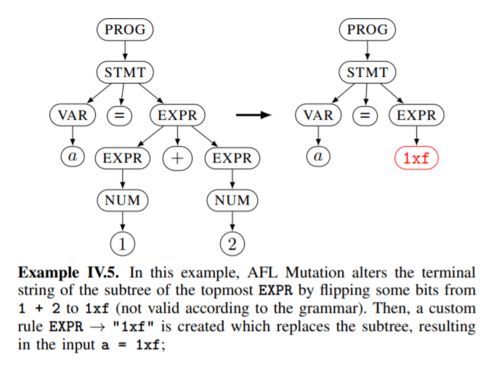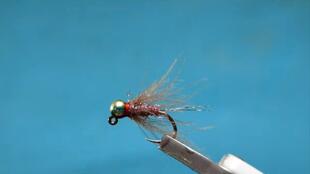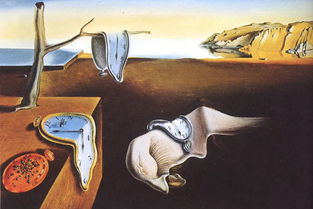Article:
Fishing, an age-old pastime, requires not only patience but also a keen understanding of the fish's behavior. One of the most crucial moments in fishing is when the fish takes the bait, commonly known as a "bite." Recognizing and reacting to a bite promptly can make all the difference between a successful catch and a missed opportunity. In this article, we will delve into the various techniques and reactions to a bite, helping you become a more skilled angler.
The Signs of a Bite
The first step in mastering the art of fishing is to recognize the signs of a bite. These signs can vary depending on the type of fishing you are doing, such as freshwater or saltwater, as well as the species of fish you are targeting. Here are some common indicators of a bite:

a. Sudden movement or pull on the line: When a fish takes the bait, it often pulls on the line, causing a noticeable movement or pull. This is often the most straightforward sign of a bite.
b. Tug or nibble: Some fish may only take a nibble or a gentle tug on the line before swallowing the bait. This requires a keen eye and a quick reaction.
c. Ringing or sloshing sound: In certain conditions, such as when fishing in murky water, you may hear a ringing or sloshing sound when a fish takes the bait.
d. Line tightness: If the line feels tight or taught, it could indicate that a fish has taken the bait.
Reactions to a Bite
Once you have recognized the signs of a bite, the next step is to react appropriately. Here are some essential tips on how to react to a bite:
a. Set the hook promptly: The moment you feel a bite, the first reaction should be to set the hook. This is usually done by quickly lifting the rod tip and then sharply pulling down. The goal is to get the hook into the fish's mouth as quickly as possible.
b. Play the fish: After setting the hook, it is crucial to play the fish effectively. This involves controlling the line and guiding the fish to the boat or shore. The key is to maintain tension on the line while allowing the fish to pull as needed. This will help you tire the fish and reduce the risk of breakage.
c. Keep the rod tip high: Maintaining a high rod tip helps keep tension on the line and ensures that the hook is securely in the fish's mouth. This is especially important when playing larger fish.
d. Avoid reeling in too quickly: It can be tempting to reel in the fish as quickly as possible, but this may lead to breakage or a stressed fish. Instead, take your time and allow the fish to tire naturally.
Practice Makes Perfect
Like any skill, recognizing and reacting to a bite takes practice. Here are some tips to help you improve your fishing techniques:
a. Spend time on the water: The more time you spend fishing, the better you will become at recognizing and reacting to bites.
b. Keep a journal: Documenting your experiences, including the type of fish, conditions, and your reactions, can help you identify patterns and areas for improvement.
c. Seek advice from experienced anglers: Don't hesitate to ask for advice from more experienced anglers. They can provide valuable insights and tips based on their own experiences.
In conclusion, mastering the art of fishing involves recognizing the signs of a bite and reacting promptly. By understanding the various indicators of a bite and applying effective techniques, you can increase your chances of a successful catch. Remember, practice and patience are key to becoming a skilled angler. Happy fishing!












